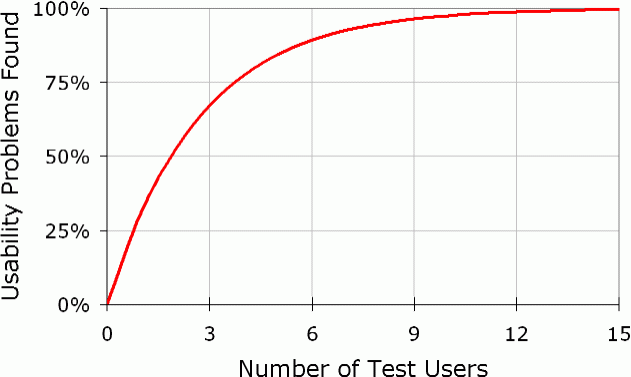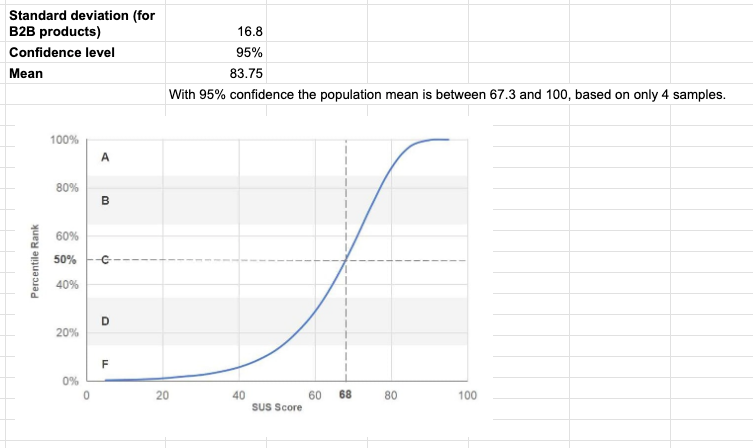
Where it started
As a product-led spirit startup, we spent a significant amount of time and effort creating a user experience that would delight our users. Despite our obsession, I quickly realized that we were missing key mindsets and methodologies in place.
The design was being iterated through many crazy cycles and frustrating meetings which took so much effort. However, it was purely based on stakeholder feedback rather than actual user understanding. This led to numerous avoidable mistakes that cost us in the long run:
- The design was not in accordance with basic UX best practices and lacked a solid understanding of human behavior.
- The design system was flawed, making it difficult to scale up, maintain, and use consistently throughout the app. This resulted in a chaotic user experience and technical debt accumulated over time.
- The feature execution was frequently ambiguous and required a significant amount of time and effort.
As a result, we became less confident in our designs as time passed. We were unsure whether users would value or even be able to use the features we were developing.
Given all the uncertainty, the only thing I was certain of was that we needed to change the way we worked in order to truly deliver value to our users and build a sustainable product.
First attempt
I started to introduce my team to the Lean UX process — an approach that helps quickly validate design assumptions and gather feedback from users with lightweight prototypes. This approach is specifically suitable for startups or other fast-paced, high-growth environments where time and resources are limited.

Despite my best efforts to keep the process simple, it still seemed overwhelming and complex to them. They couldn’t understand what I was trying to advocate and my voice was silenced. It was no easy experience, however, I got some valuable learning that fueled my next attempt.
Back to understanding the status quo
With the learning from the previous attempt. I took a step back, reflected on what had happened, and identified some pros and cons:
Pros:
- We had some individuals who were passionate about creating a great user experience.
- Our startup had a flat structure and open culture, in which every individual has their own voice and certain impact on the product.
Cons:
- Despite our passion for user experience, it was often not channeled in the right direction due to a lack of clear methodologies and processes.
- Some misconceptions about UX were deeply ingrained in the stakeholder perspective.
- User research is way too complicated, we don’t have enough resources for that.
- Users don’t know what they want until we show them.
- MVP is just a crappy version, we don’t want to deliver that to our users.
- Most of us didn’t have experience in UX, so it would take significant time and effort to adopt UX mindset.
With those in mind, I shifted my goal to raising awareness of UX practices and the benefits we can gain from this.
Second attempt
After a few months, our team rapidly grew from 10 to 30+ employees. I was fortunate to work with some peers who had the same mindset. Together, I helped them streamline product thinking and got them familiar with the user-centered approach. They also quickly embraced these concepts and constantly encouraged me to bring these UX methodologies into our daily work.
The most intriguing thing was that these peers also came from other apartments, which was perfect for assembling a cross-functional, pilot team, then we could be on the same page and tackle the problems way faster.
As we embarked on a new project, I knew it was the right time to try again.
Pilot teams allow the rollout of change to a limited part of the organization before implementing it more broadly. The idea is that you look for a product team to volunteer to try out some new techniques.
“Inspired: How to Create Tech Products Customers Love”
Assemble a cross-functional team working in sprints
Due to limited resources and experience, we had to find creative ways to make time and recruit participants on our own. It’s worth noting that our product was B2B (harder to find participants), and there were no other stakeholders who knew what we were doing, so ensuring quality output from a new process while meeting stakeholders’ expectations was extremely challenging.

How did sprint 2 process?
Taking all of the constraints into account, we decided to run two-week sprints which involved two parts:
- Design sprint: Gathering stakeholders and facilitating a design workshop to create a solution concept.
- Research sprint: Recruiting participants, planning user testing, designing, iterating prototypes, running testing sessions, and analyzing research results.
Test outside the target demographic
Testing with the target audience is, indeed, best. However, some target demographics can be quite difficult to come by.
Testing solely with these people would mean testing later, testing less, and not iterating very often. And, as a consequence, the product or service would have inferior usability compared to if we had tested more frequently with another group.
So it is worth considering other options. Namely, splitting your research up into two separate steps:
- Carrying out usability with other people who are easier to recruit.
- Testing with your target audience only when this is truly necessary.
The reason I recommend this strategy is: specialist knowledge does not help users to navigate a website. If a standard user cannot find a button to proceed to the next step on a website, neither will a heart or brain surgeon. So concentrate on getting the kinks out first. Then perform a trial run with real future users.
At this point, the only criteria of our participants were having basic knowledge and a little experience in our product domain.
Show research results to stakeholders in a scientific way
It’s common to see non-ux savvy people doubt the research results from the small sample size, the question we all wanted to know was “How precise this study is?”.

When we presented the results of the first sprint to the stakeholders, we were able to show them the data, which helped to convince them of the effectiveness of our new process. Therefore, we were able to get approval to run the next sprints using this new process.


As we continued to work in sprints, the picture got more clear. We were able to identify and solve problems early on, the design was improved significantly which was backed by numbers and user feedback.
At this point, we knew that we were on the right track.
Great oaks from little acorns grow
This case was just a humble step compared to the whole big journey ahead, but this sparked our members to incorporate the product mindset into daily work. Slowly, but surely, we became more thoughtful in how we design and make mistakes at a low cost, which brought us one step closer to success.


As the journey continued, I found myself transitioning into a new role within the company as a product intelligence. My responsibilities now included validating product ideas and closely tracking the performance of our products in the market. It was a natural progression from my previous role as a UX designer, as I gained valuable insights into the importance of user-centered design and the impact it could have on our products.
In this role, I found an incredible opportunity to rapidly expand my data skills, including SQL, Python, and statistics. These newfound capabilities became invaluable tools in my arsenal, empowering me to dive deeper into our user data, extract meaningful insights, and translate them into actions that not only enhanced the user experience but also drove substantial improvements in our business outcomes.
It was a journey of continuous learning and application, where each skill I honed became a building block for creating more user-centric and data-driven products.



Bridging the Gap Through User Research Training
Many of my colleagues, although talented in their respective roles, had limited exposure to the world of user research and idea validation. They were eager to learn but needed guidance on how to integrate these practices into their daily work.
I saw an opportunity to bridge the gap and decided to take on the role of a trainer. My goal was to demystify the process, make it accessible, and instill a user-centric mindset across various teams within the organization.
As my role as a product intelligence evolved, I recognized the importance of sharing the knowledge and experience I had gained over the years. It wasn’t just about driving successful product development; it was also about empowering other employees within the company to understand the significance of user research and early idea validation.
I began by organizing training workshops focused on user research methodologies and the concept of research sprints. These workshops were designed to be interactive and engaging, ensuring that participants could grasp the practical aspects of conducting research effectively.

A Journey of Empowerment
My journey had been incredibly rewarding. It was not just about personal growth; it was about empowering others to excel in their roles and contribute to our shared mission of creating exceptional products. With a team of empowered colleagues by my side, I looked forward to the exciting challenges and opportunities that lay ahead in our journey of continuous improvement.
The battle for UX is always there. Embrace persistence and lead the movement
As I embarked on my journey in the field of product development, I was filled with excitement and a deep understanding of various UX techniques and theories. However, once I entered the workforce, I quickly realized the harsh reality of the industry. Not every company prioritizes UX, and not every project has the resources for comprehensive user research, detailed wireframes, and polished prototypes. It all comes down to budget, company culture, and time constraints.
The idealistic view of UX that I had in my mind slowly began to fade. But, the fight for user-centered design must go on.
Who will be the advocate for those who don’t have a voice? Who will tirelessly champion the value of UX, not just for the business, but for the end-users themselves?
It’s us, the UX practitioners. We must be persistent in our efforts and lead the charge for user-centered design.
I am ready to battle for this cause and will continue to do so.
Elevate team’s UX maturity level was originally published in UX Planet on Medium, where people are continuing the conversation by highlighting and responding to this story.